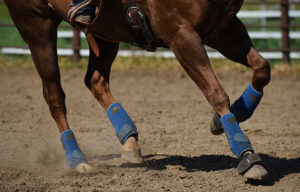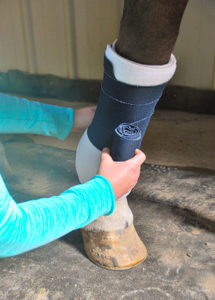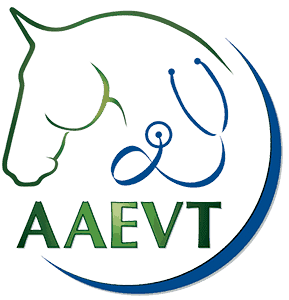Head Tack Mechanics

Bridles, reins, and martingales serve a variety of biomechanics functions
Any visit to your neighborhood tack shop will prove that equine equipment is certainly not limited to saddles and bits. Previously, we took an in-depth look into the science surrounding one important piece of tack, the saddle pad. This month we’ve reached out to equitation scientists worldwide to get a grasp on reins, martingales, and other kinds of accessory head tack.
What’s the Purpose?
Ideally, all your horse might need is a bridle and a saddle. (Some riders might argue you don’t even need that, but new research results show the benefits of pressure distribution from correctly fitted saddles versus the weight of the rider distributed bareback.) So what is the purpose of all this accessory tack? Sure, reins and bits can help you communicate where you want your horse to go and when you want him to slow down or stop. But at higher levels of riding, the rider’s body and legs communicate these cues. Our veterinarian and equitation science sources say bridles and accessory head tack are tools that assist primarily with collection. They can also help correct the effects of an unstable rider.
Collection What is collection, exactly? Well, it’s a topic that could take up an entire article. But to “gather” up the concept briefly, collecting the horse means getting him to adjust his natural weight toward the hindquarters while maintaining balance—both front to back and side to side. Lars Roepstorff, DVM, PhD, professor of equine functional anatomy at the Swedish University of Agricultural Sciences and scientific veterinary advisor to the Fédération Equestre Internationale (FEI), says a collected horse exhibits freer shoulder movement and greater hindquarter engagement, along with supporting the rider better on his back TheHorse.com is home to thousands of free articles about horse health care. In order to access some of our exclusive free content, you must be signed into TheHorse.com. Already have an account?Create a free account with TheHorse.com to view this content.
Start your free account today!
and continue reading.

Written by:
Christa Lesté-Lasserre, MA
Related Articles
Stay on top of the most recent Horse Health news with















